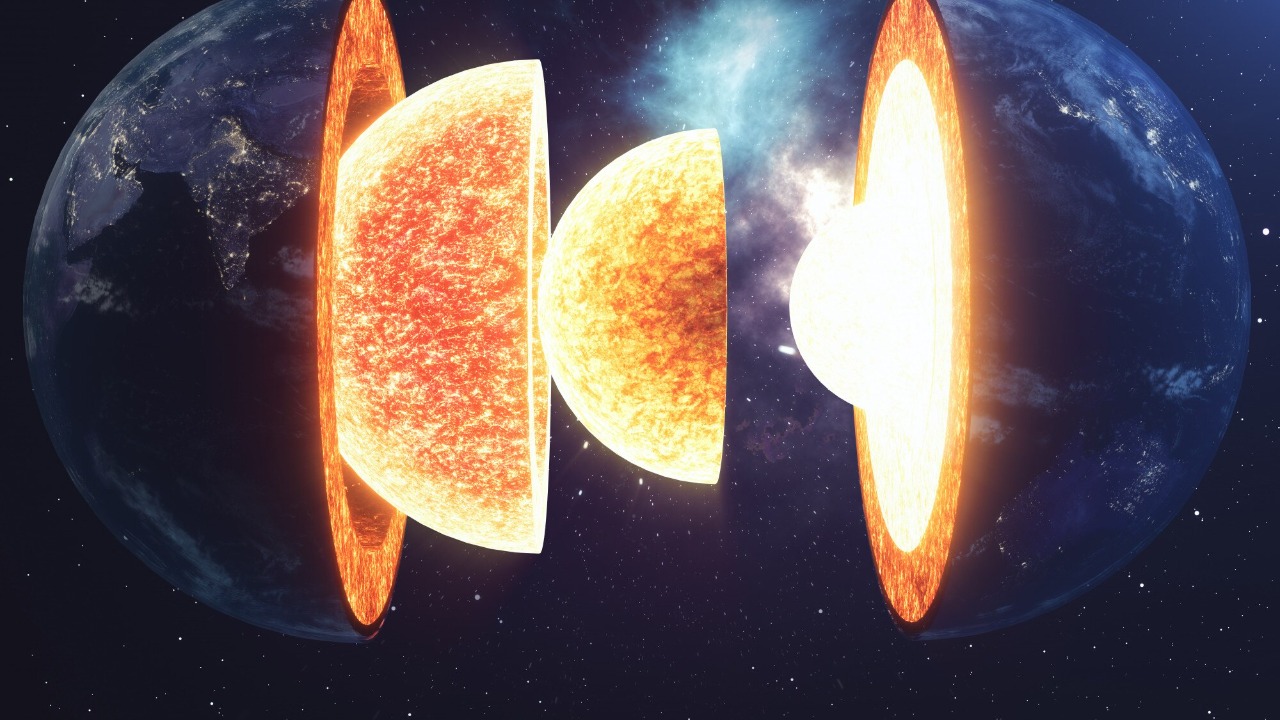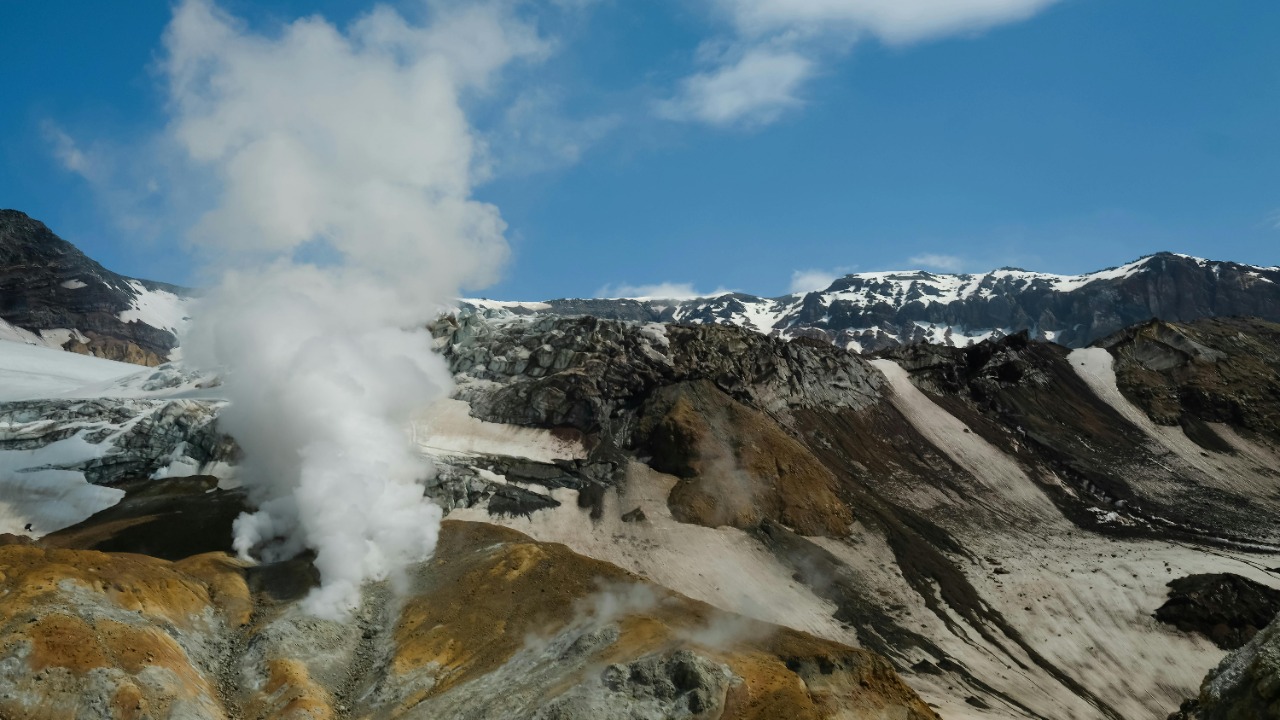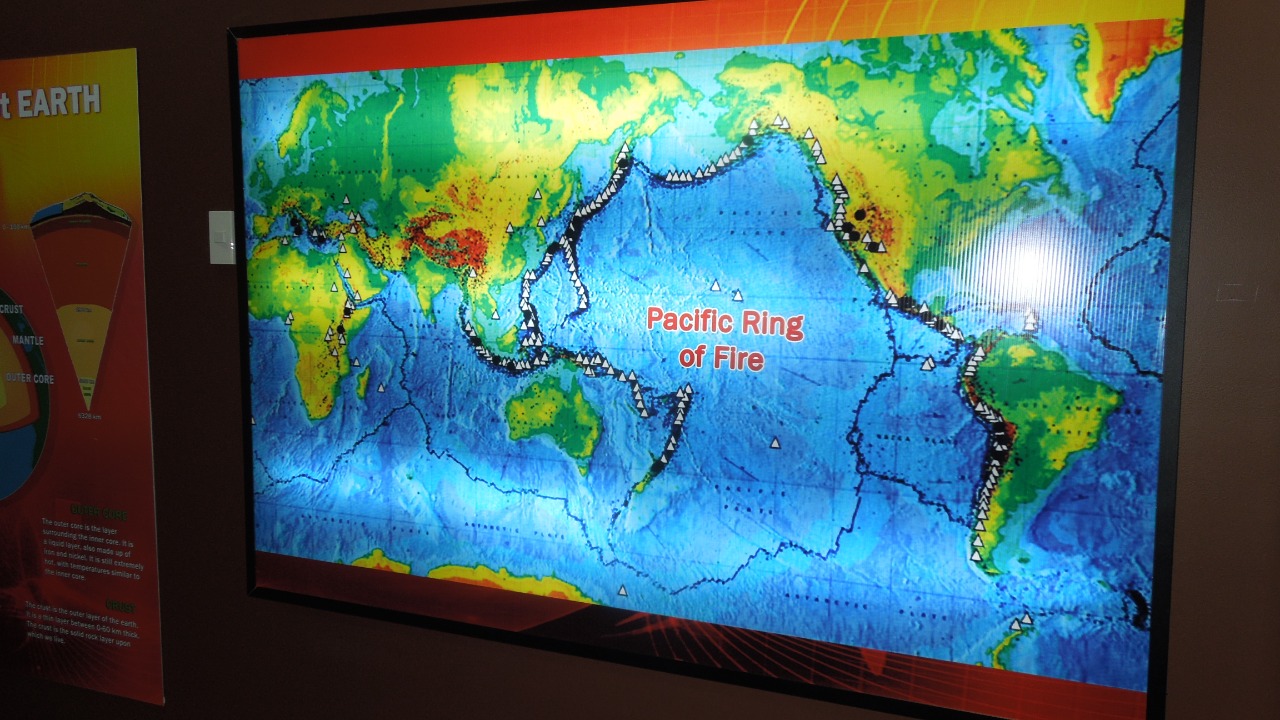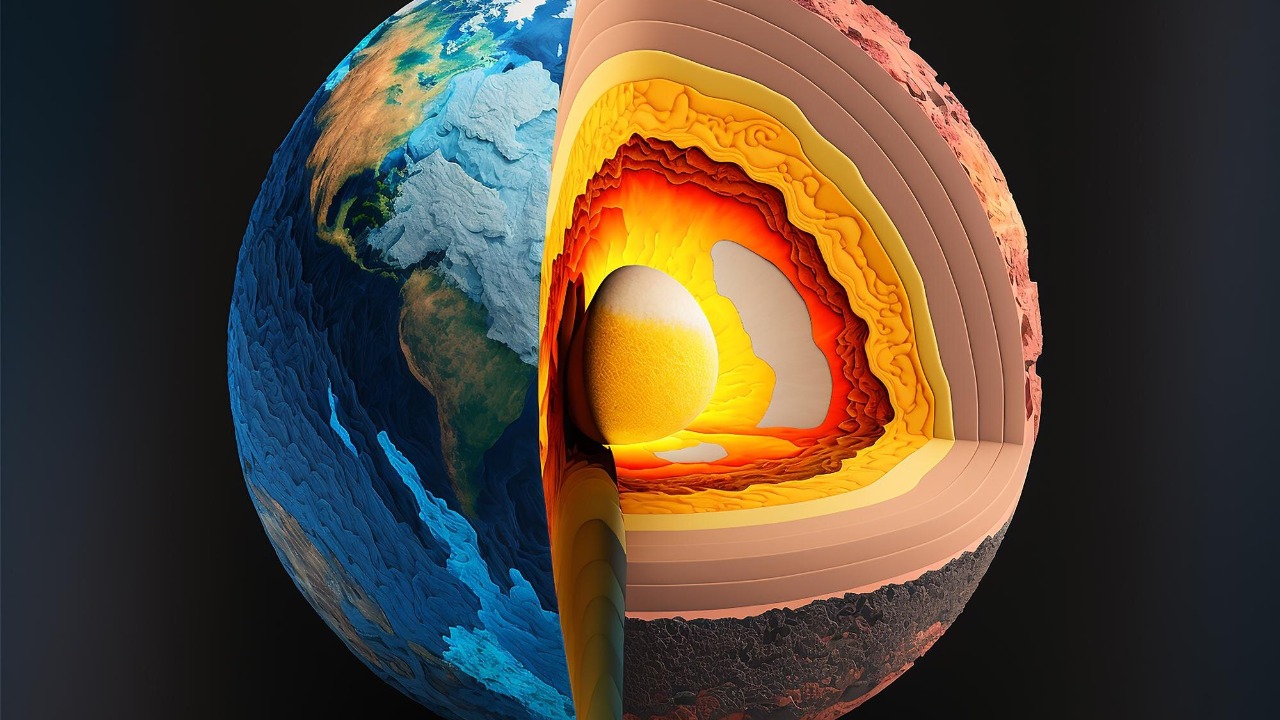
Scientists have recently made a groundbreaking discovery of two colossal mountains hidden beneath the Earth’s surface, towering 100 times taller than Mount Everest. These mysterious formations have puzzled researchers, challenging current geological understanding and prompting a reevaluation of Earth’s subterranean landscape.
The Discovery of Subterranean Giants

The detection of these enormous underground mountains was made possible through the use of seismic data and advanced imaging techniques, which have provided a new window into the Earth’s hidden features. Scientists employed a global network of seismometers to analyze the way seismic waves passed through different layers of the Earth. These waves, generated by earthquakes and other seismic events, revealed anomalies deep within the planet’s mantle that corresponded to massive mountain-like structures.
Upon this revelation, the scientific community reacted with a mix of astonishment and intrigue. The discovery of these subterranean giants has significant implications for our understanding of Earth’s geological history. It suggests that there is much more to learn about the planet’s interior and that previously held beliefs about its composition and formation may need reevaluation. International research collaborations have played a crucial role in this discovery, pooling resources and expertise to delve deeper into these findings.
Understanding Earth’s Subsurface Layers

The Earth is composed of several layers: the crust, the mantle, and the core. These newly discovered mountains are located within the mantle, specifically in a region known as the transition zone, which lies between 410 and 660 kilometers beneath the Earth’s surface. This zone is characterized by its unique properties, such as the ability to harbor massive structures due to its mineral composition and pressure conditions.
The significance of the transition zone is profound, as it acts as a boundary between the upper and lower mantle. The discovery of such massive formations within this layer challenges our understanding of the mantle’s capacity to support large-scale geological features. Technological advancements, particularly in seismic imaging and data processing, have been instrumental in unveiling these hidden depths. These technologies allow scientists to create detailed models of the Earth’s interior, revealing its complex and dynamic nature.
Implications for Geology and Earth Sciences

This discovery challenges existing models of plate tectonics and mountain formation. Traditionally, mountains are thought to form through processes like the collision of tectonic plates and volcanic activity. However, the existence of these hidden mountains suggests alternative mechanisms could be at play deep within the Earth, prompting scientists to revisit and potentially revise current geological theories.
The potential impacts on our understanding of Earth’s evolution and tectonic activity are immense. These subterranean features could offer insights into the planet’s history, shedding light on past geological events and processes that have shaped its current state. As researchers continue to explore these findings, there is a growing need for revised geological models that can accommodate this new information and provide a more comprehensive picture of Earth’s dynamic processes.
Potential Impact on Other Scientific Fields

The influence of this discovery extends beyond geology, impacting other scientific fields such as seismology and natural resource exploration. The study of seismic activity is directly affected, as these underground formations could play a role in the occurrence and propagation of earthquakes. Understanding their relationship with seismic events could enhance our ability to predict and mitigate earthquake-related risks.
In addition, the implications for natural resource exploration are significant. These subterranean mountains could hold untapped reserves of minerals and geothermal energy, offering new opportunities for resource extraction and sustainable energy development. As our understanding of the Earth’s interior expands, so too does the potential for discovering new resources and harnessing them for human benefit.
The Future of Earth Exploration

As we continue to unravel the mysteries of Earth’s interior, the importance of continued investment in geoscientific research and technology cannot be overstated. The discovery of these underground mountains underscores the need for further exploration and study, as well as the development of new tools and techniques to probe deeper into the planet’s hidden realms.
Future discoveries could arise from this newfound understanding of Earth’s interior, leading to breakthroughs in our knowledge of the planet and its processes. The role of education and public awareness is also crucial, as fostering interest and support for scientific exploration is vital for advancing our understanding of Earth and its complexities. By engaging the public and inspiring the next generation of scientists, we can ensure that the exploration of our planet continues to thrive, unlocking new secrets and possibilities along the way.